15+ years in AI, informatics, neuro, and biotech. Currently founder and principal at Saturna Tech.
> about
My work brings together scientific research, engineering execution, and technical leadership to address challenges in AI, neuroscience, and biotech. I believe we are living at an inflection point where rapid advances in these fields are creating significant opportunities both to expand our scientific understanding and to employ technology to meet human health needs. My personal mission is to accelerate progress on both fronts, advancing scientific knowledge while translating the latest research into practical solutions that benefit people's health and well-being.
My career spans academia, medical research institutes, startups, and scale-ups. At Blueprint Bryan Johnson , I owned technical strategy, built an engineering team, and led their work across four consumer product verticals for health optimization. At ArteraAI and ArteraAI, I developed diagnostic and prognostic clinical tools for cancer patients using the latest techniques in machine learning and AI for digital pathology. Prior to that, I spent five years at the Neuroimaging and Informatics Institute (INI) at the Keck School of Medicine of USC, conducting research, developing computational neuroimaging tools, and supporting the research community through teaching, mentoring, and events. At Saturna Tech, I'm currently providing technical consulting and project exeecution services to early stage startups and labs, and pursing my own independent research and product development.
I care about making my work widely accessible and actively contribute to scientific endeavours, having published 70+ papers (h-index: 29) in biomedical imaging, neuroscience, and machine learning. I write open source software, and my Quantitative Imaging Toolkit has been used by researchers worldwide for over a decade. My work has been recognized by the Chan Zuckerberg Initiative, from whom I received their Imaging Scientist award to support my academic research.
> experience
- Founder & Principal at Saturna Tech (current)
- CTO at Blueprint Bryan Johnson (2024-2025)
- Staff ML Engineer at ArteraAI & PathAI (2022-2024)
- Research Assistant Professor at INI, Keck School of Medicine of USC (2021-2022)
- Chan Zuckerberg Initiative Imaging Scientist (2021-2022)
- Creator and Lead Developer of the Quantitative Imaging Toolkit
- Computer Science PhD from Brown University
- Engineering & Applied Science BSc from Caltech
> expertise
technical-leadership
Engineering management experience building teams, setting technical strategy, guiding product development, and aligning engineering with business objectives.
research-product-pipeline
Translating research into commercial products and applications. Experience building consumer apps, software services, and navigating regulatory & compliance.
ai+machine-learning
Extensive work in computer vision, biomedical AI, and LLMs. Experience from research prototypes to production systems at scale, including MLOps and model deployment.
data+informatics
Built end-to-end data engineering and informatics platforms, pipelines, advanced statistical modeling, and visualization / dashboards for insight and decision making.
system-design+devops
Architecting distributed systems using cloud infrastructure on AWS with databases, message queues, caching layers, IaC, etc. Experience with high-traffic web and mobile apps.
mri-technology
Neuroimaging expertise spanning image acquisition, analysis workflows, and visualization. Deep knowledge of computational methods for diffusion MRI.
digital-pathology
Skilled in building digital pathology workflows for cancer and neuroscience, using self-supervised learning, addressing inter-scanner variability, and visualizing data.
neuroscience+biomedicine
Scientific research across brain disorders including dementia, stroke, traumatic brain injury, epilepsy, as well as brain aging and development, especially using neuroimaging.
> publications
Loading publications...
> gallery
Research visualizations and computational methods from my published work
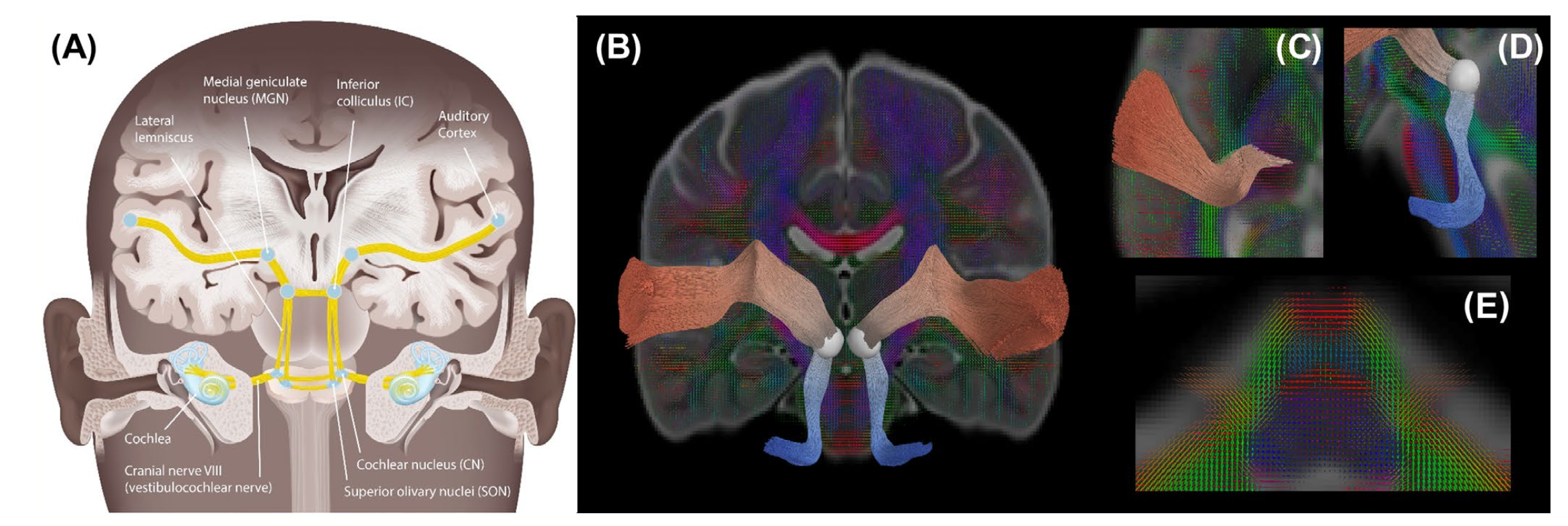
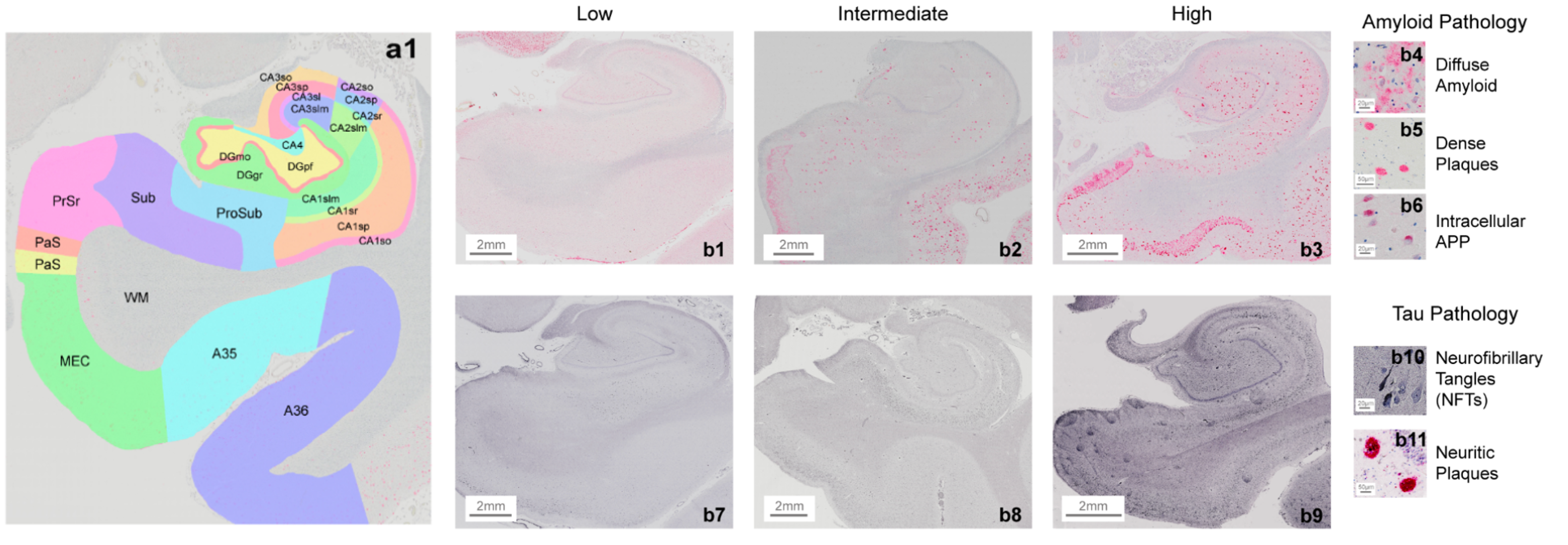
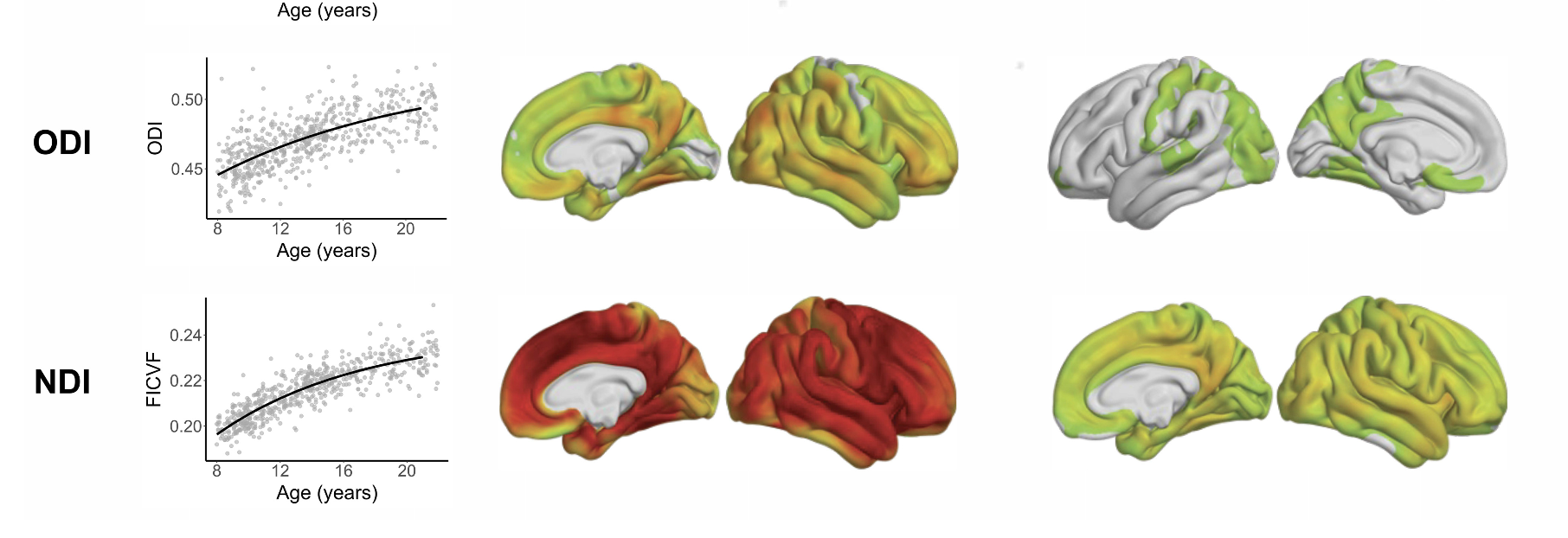
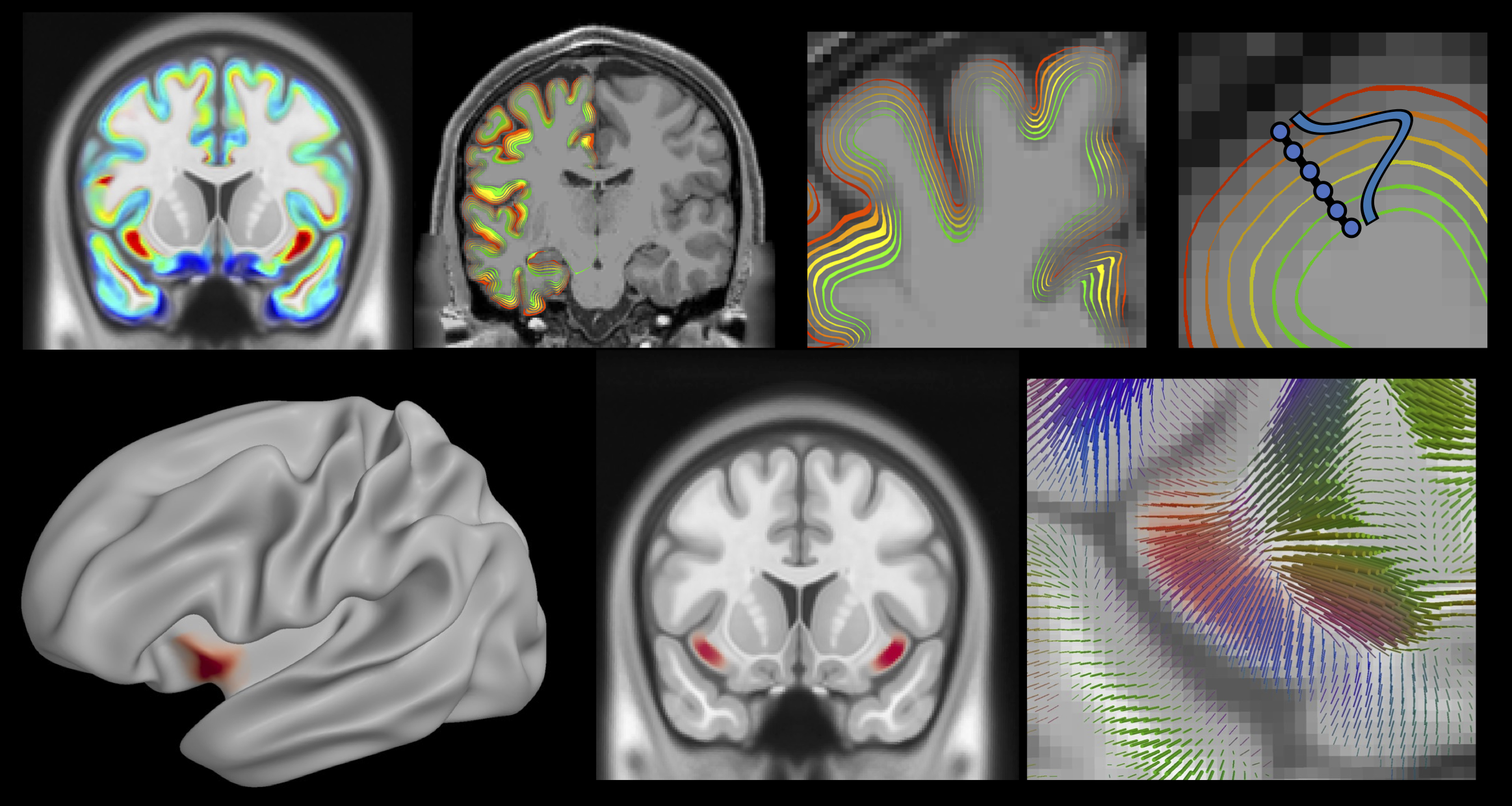
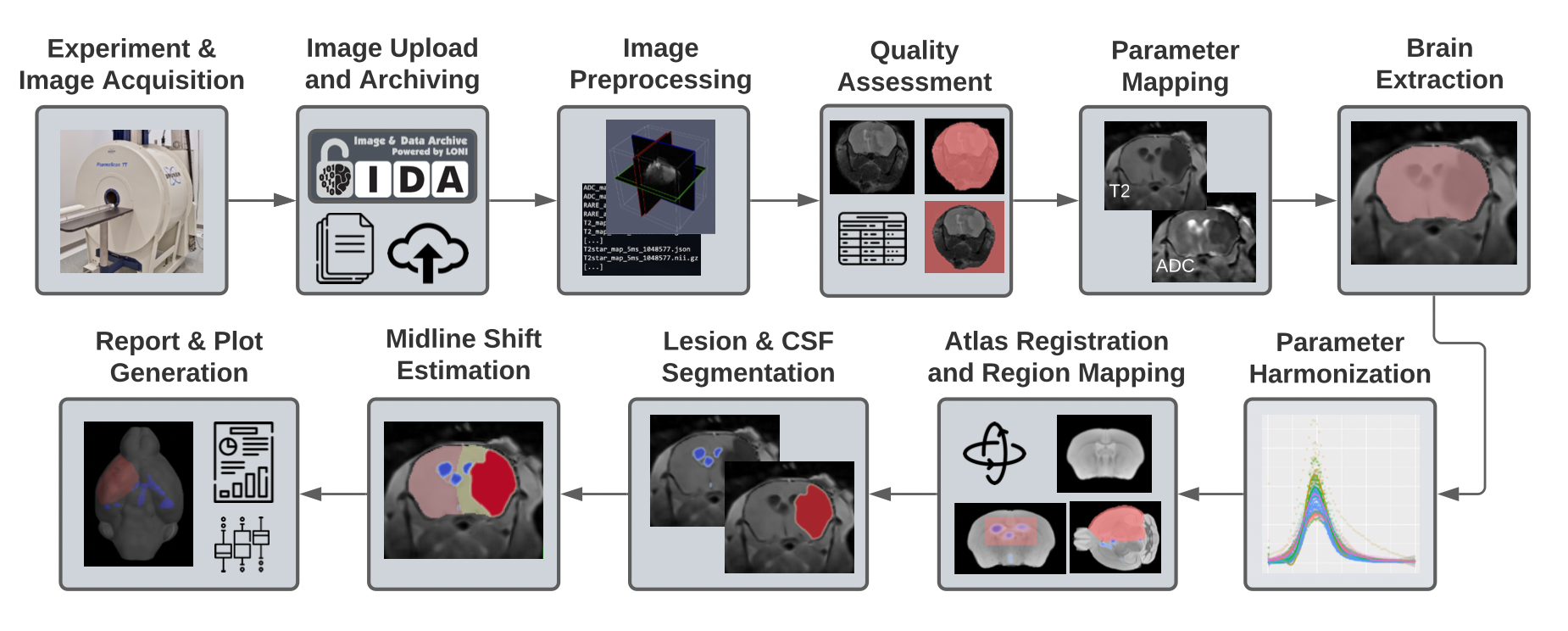
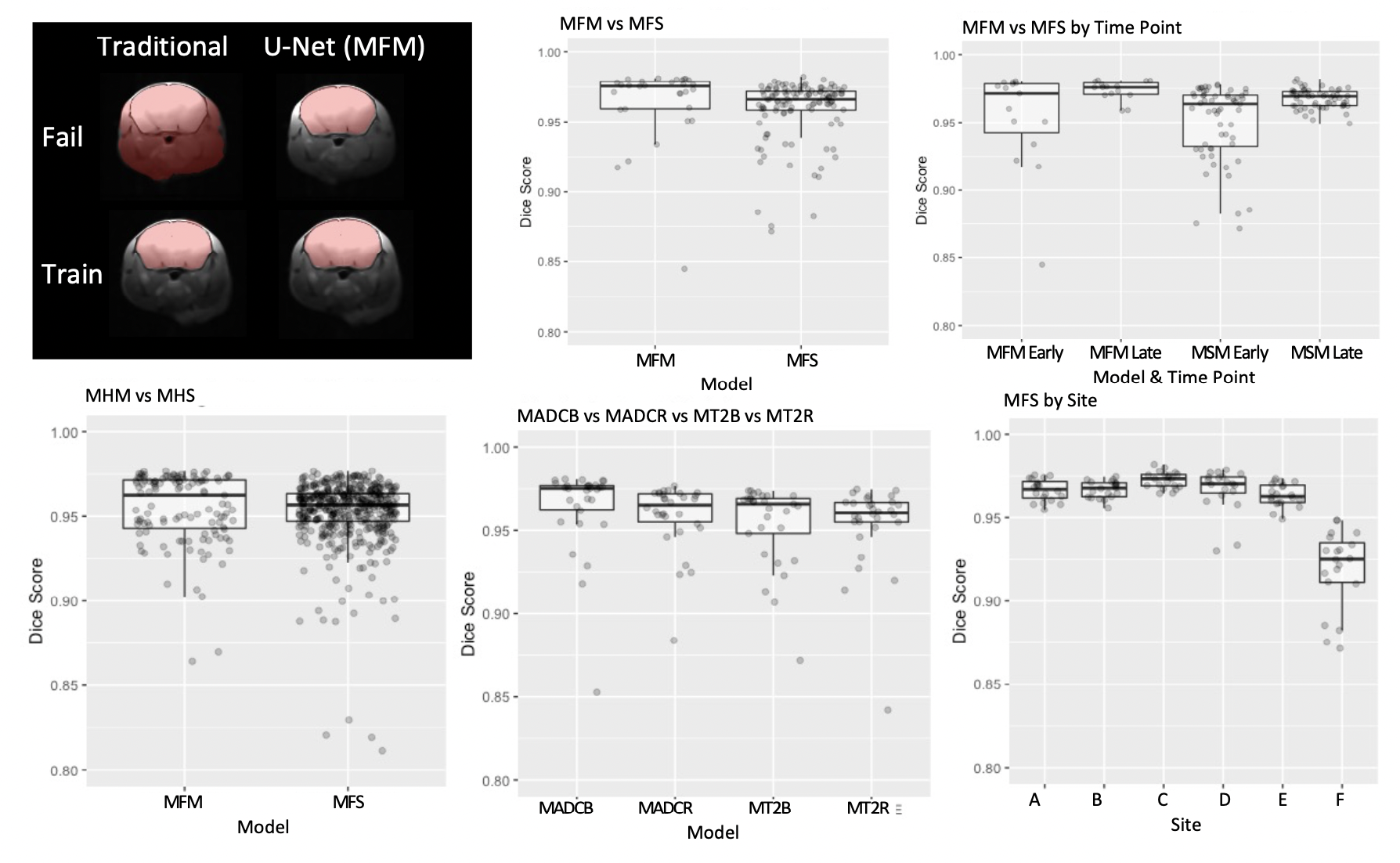
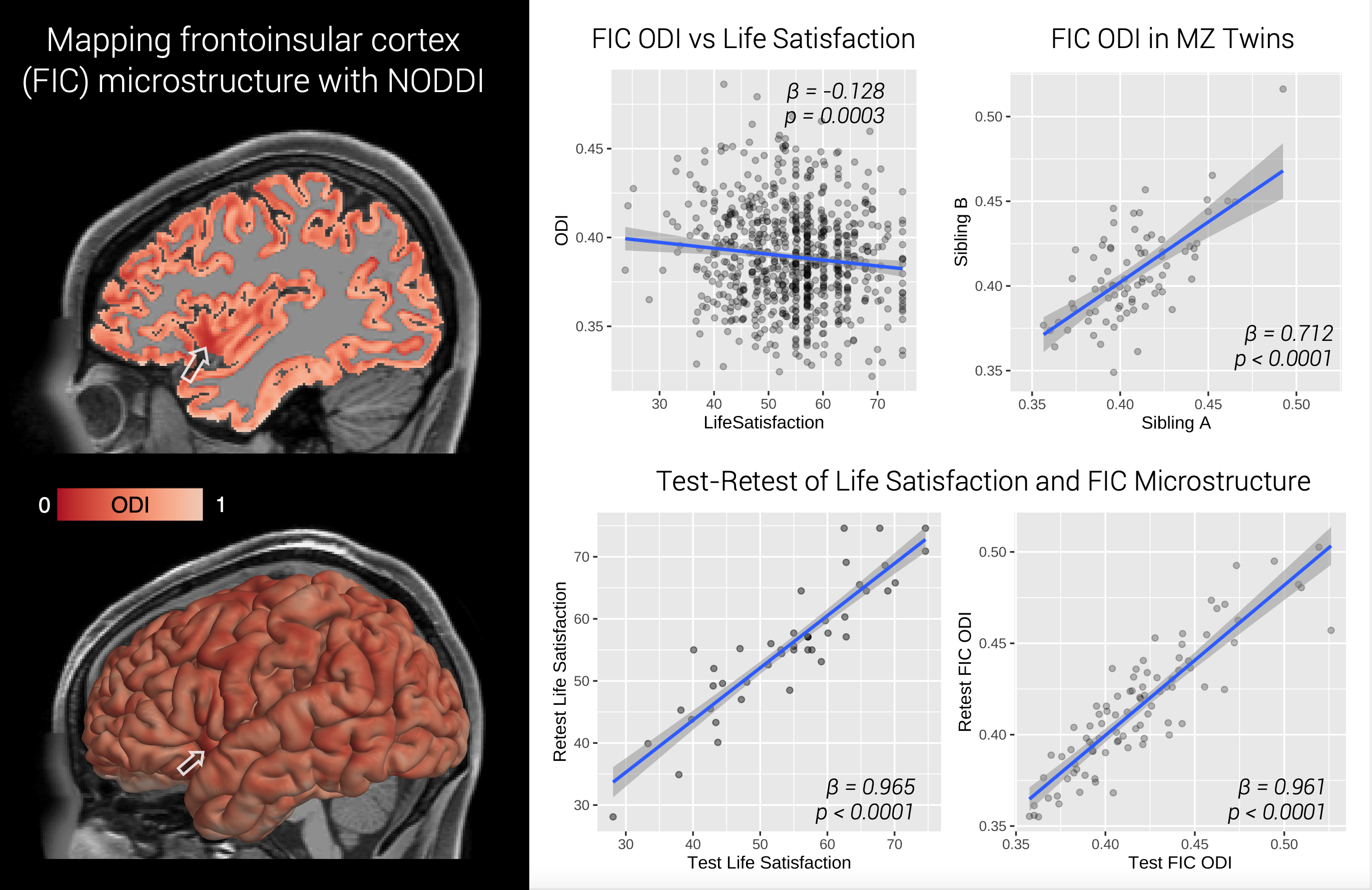
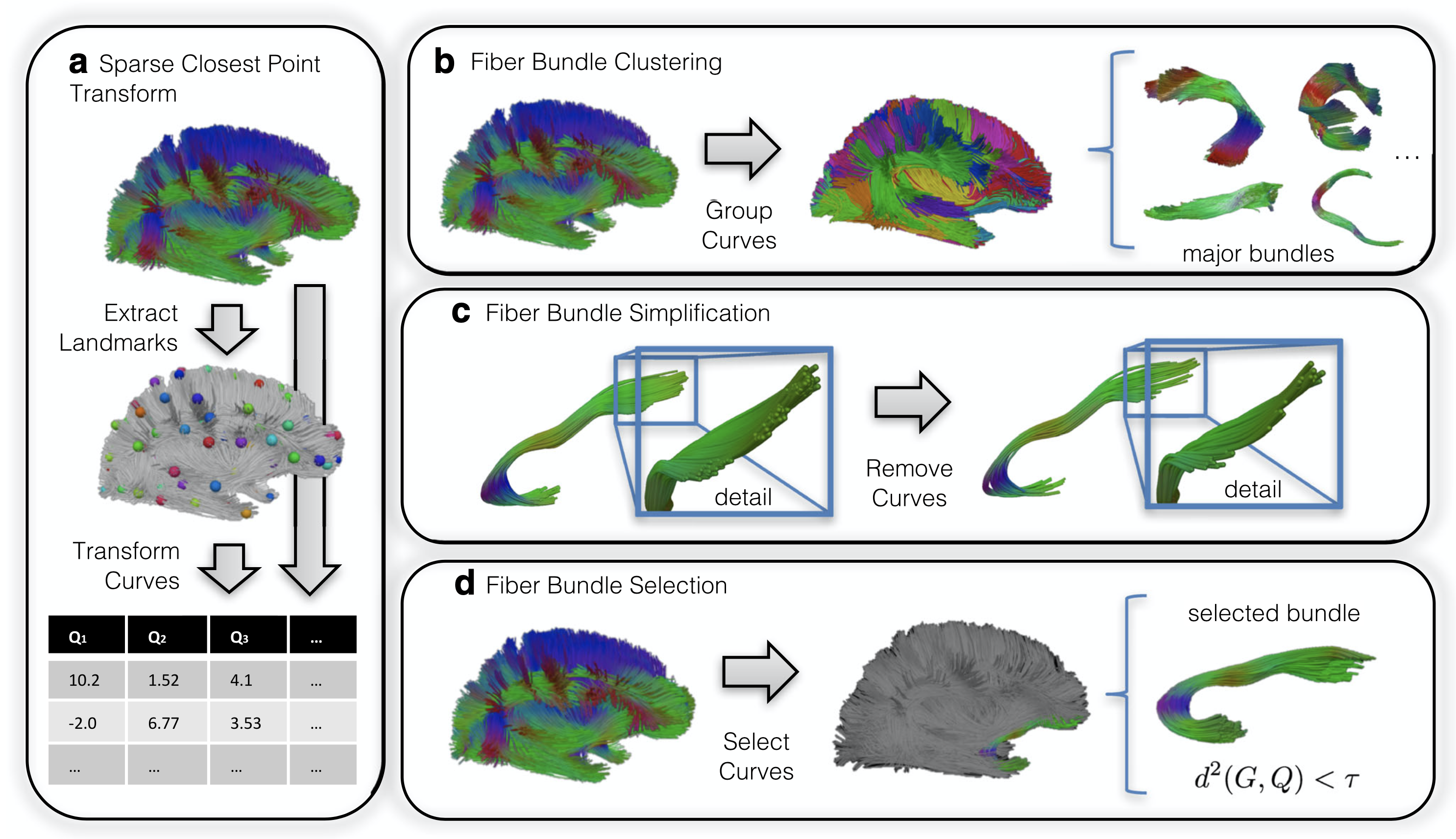
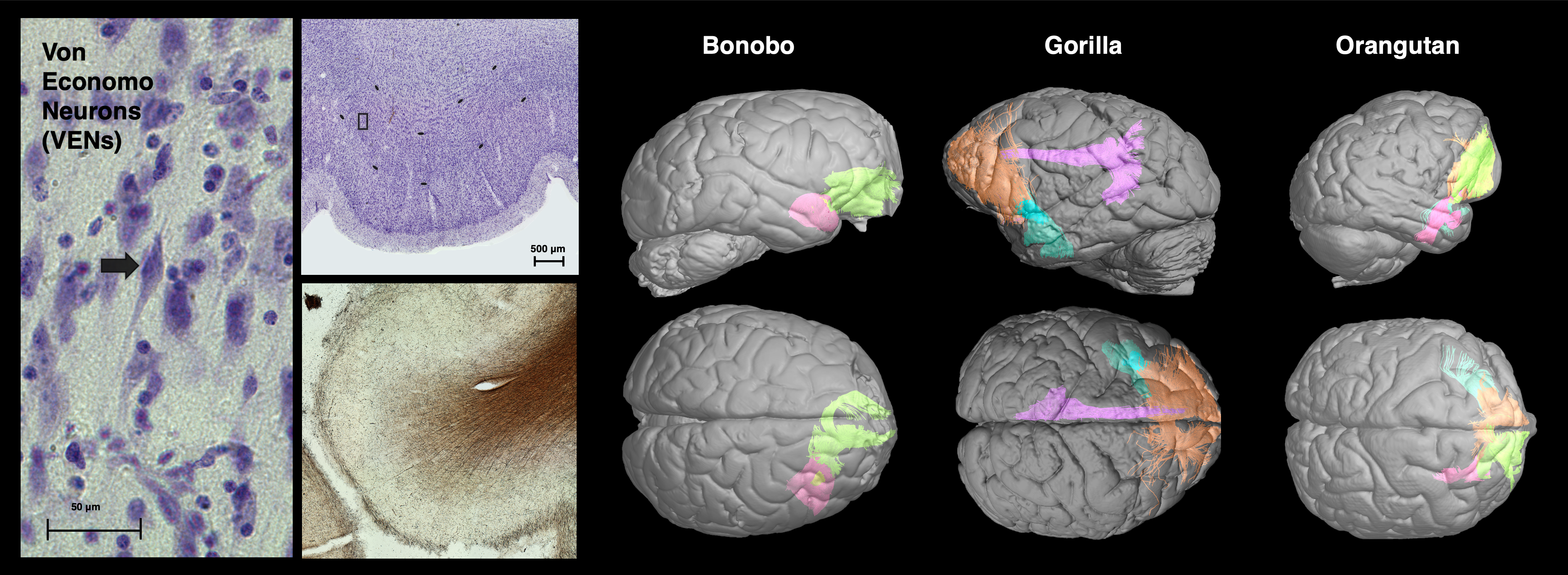
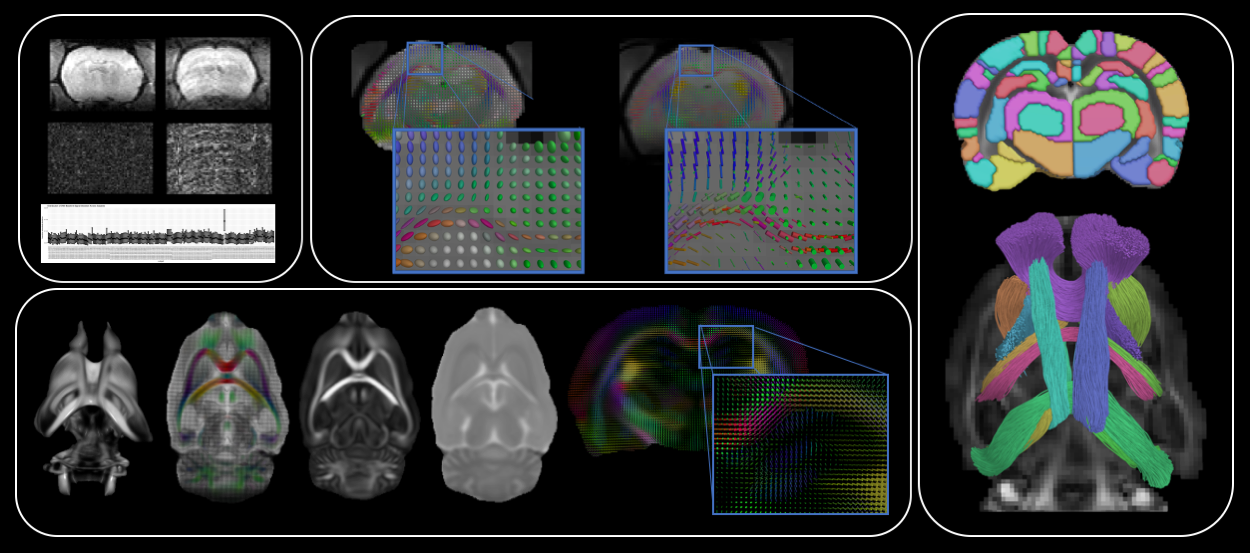
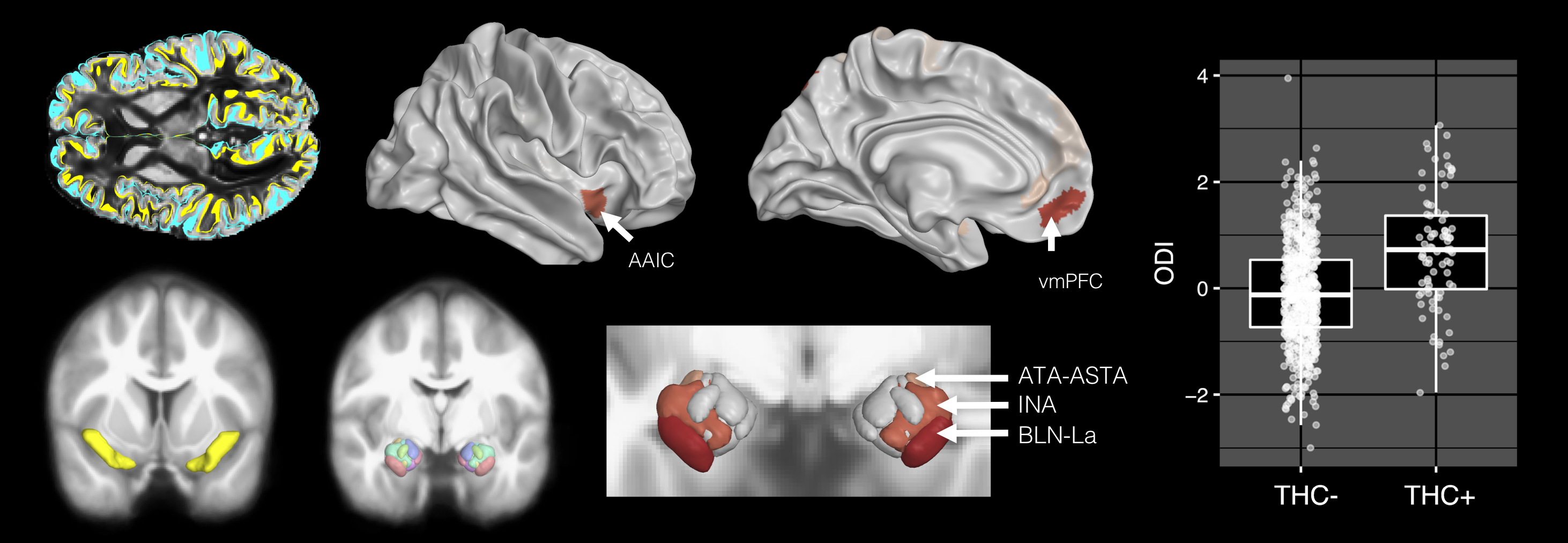

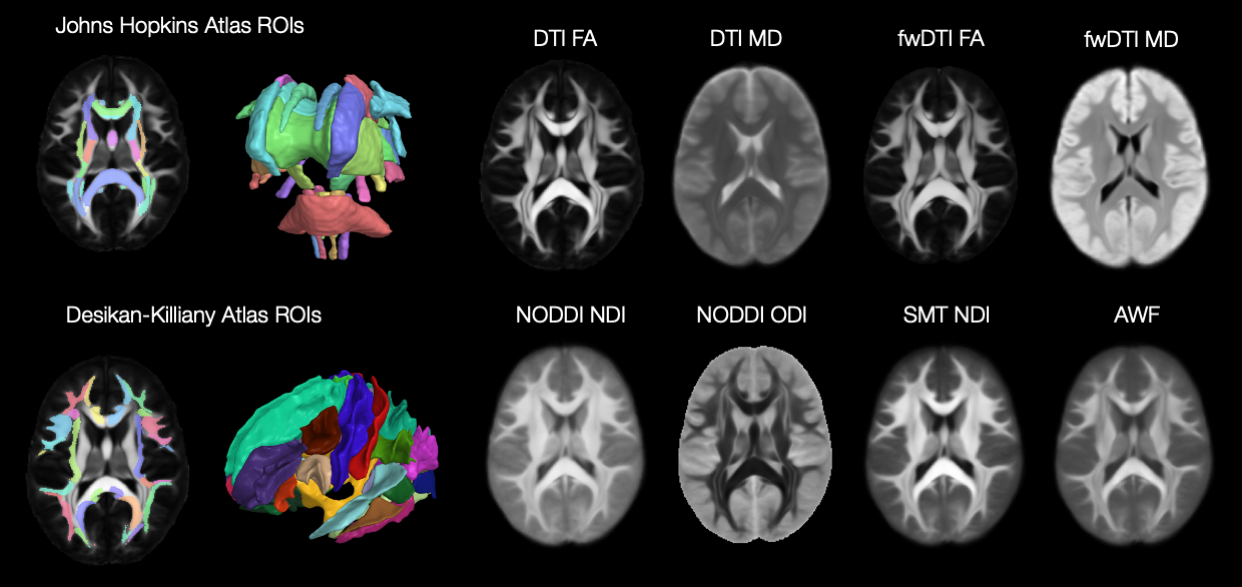


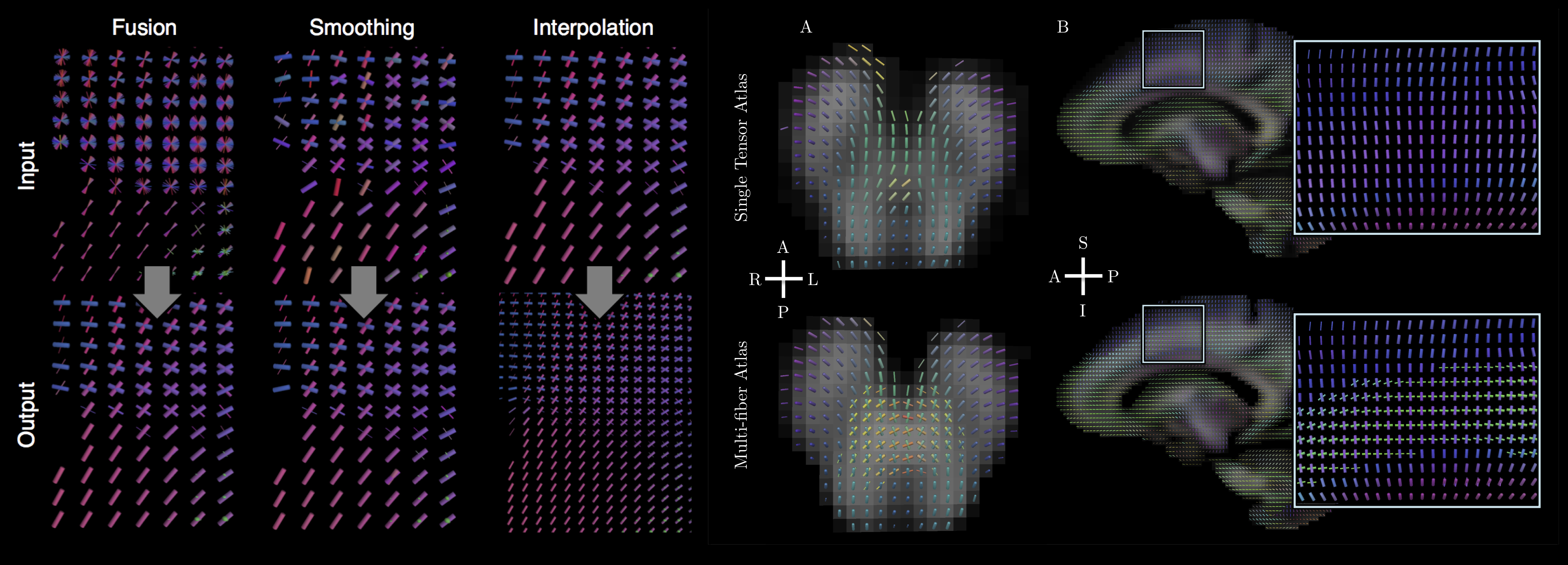
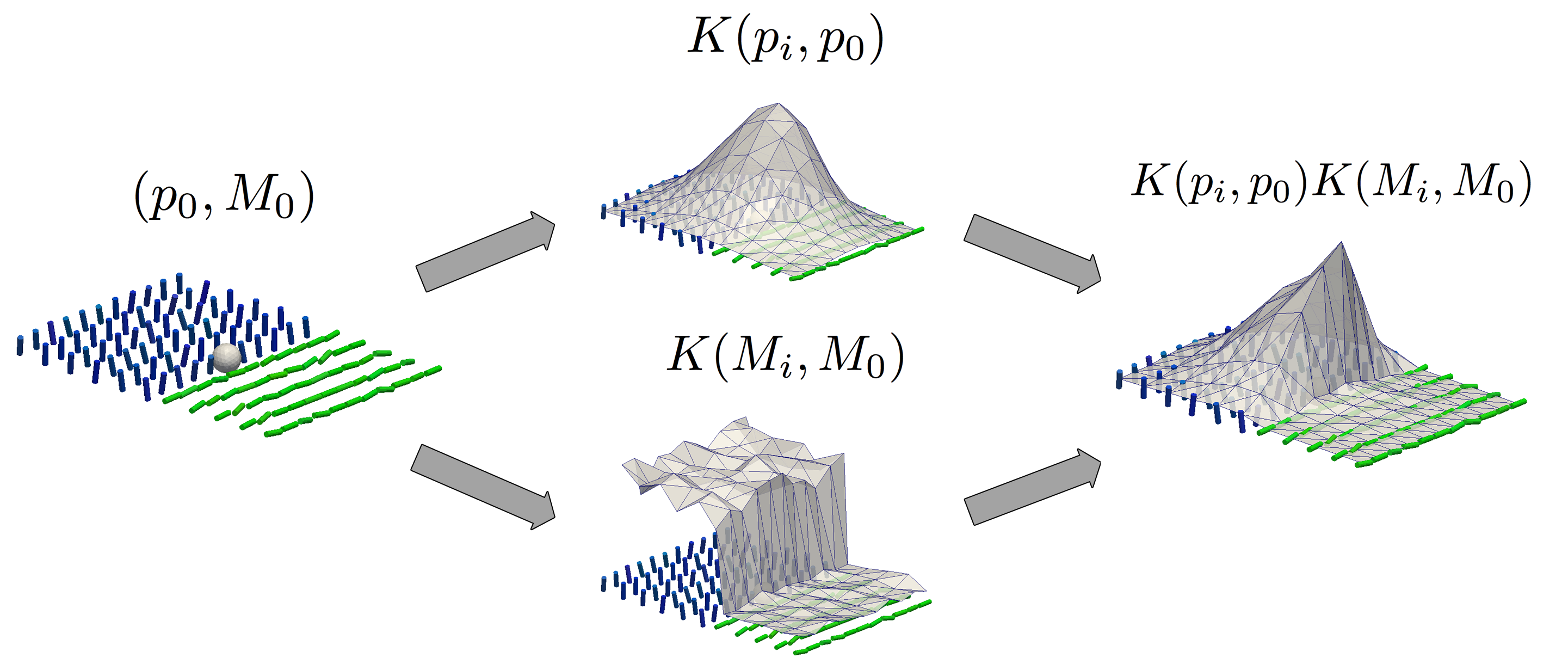
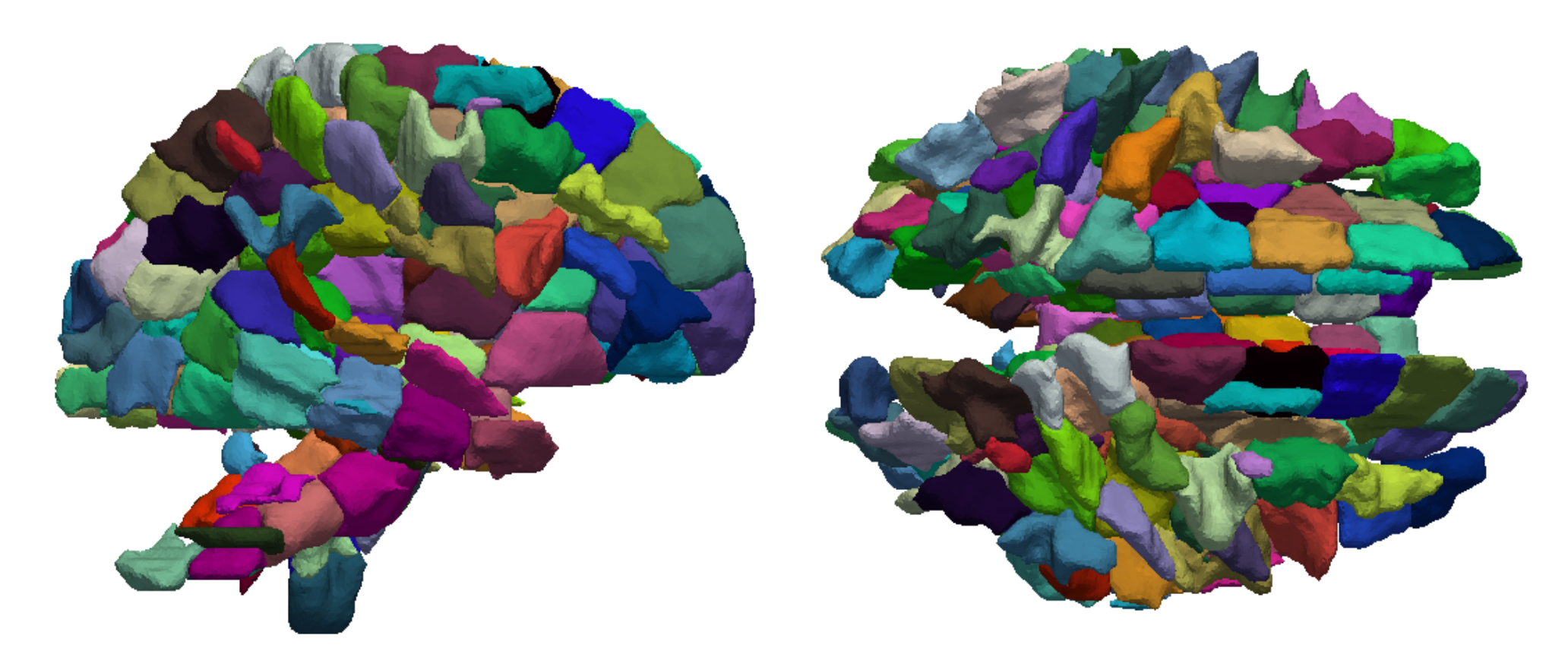
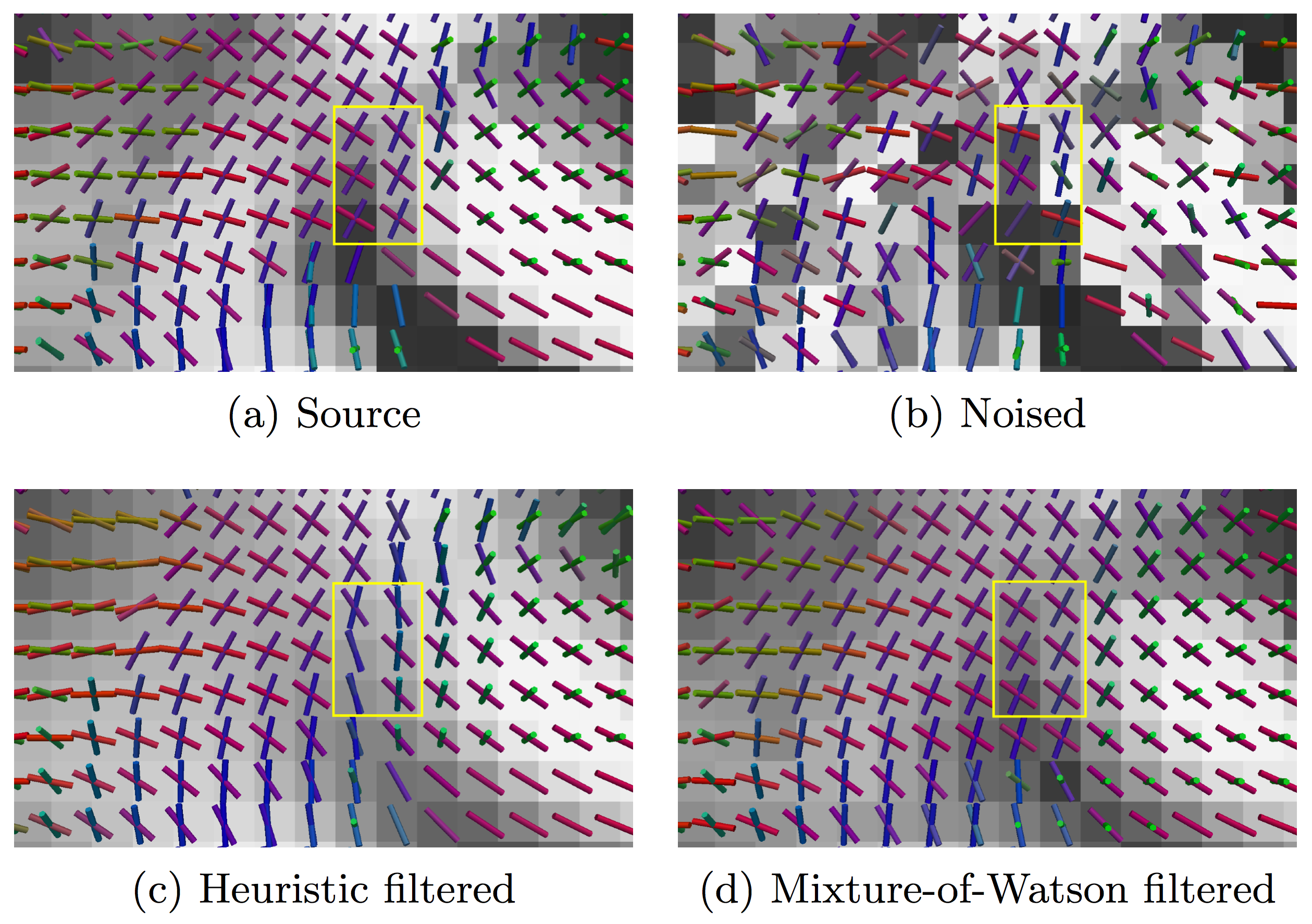
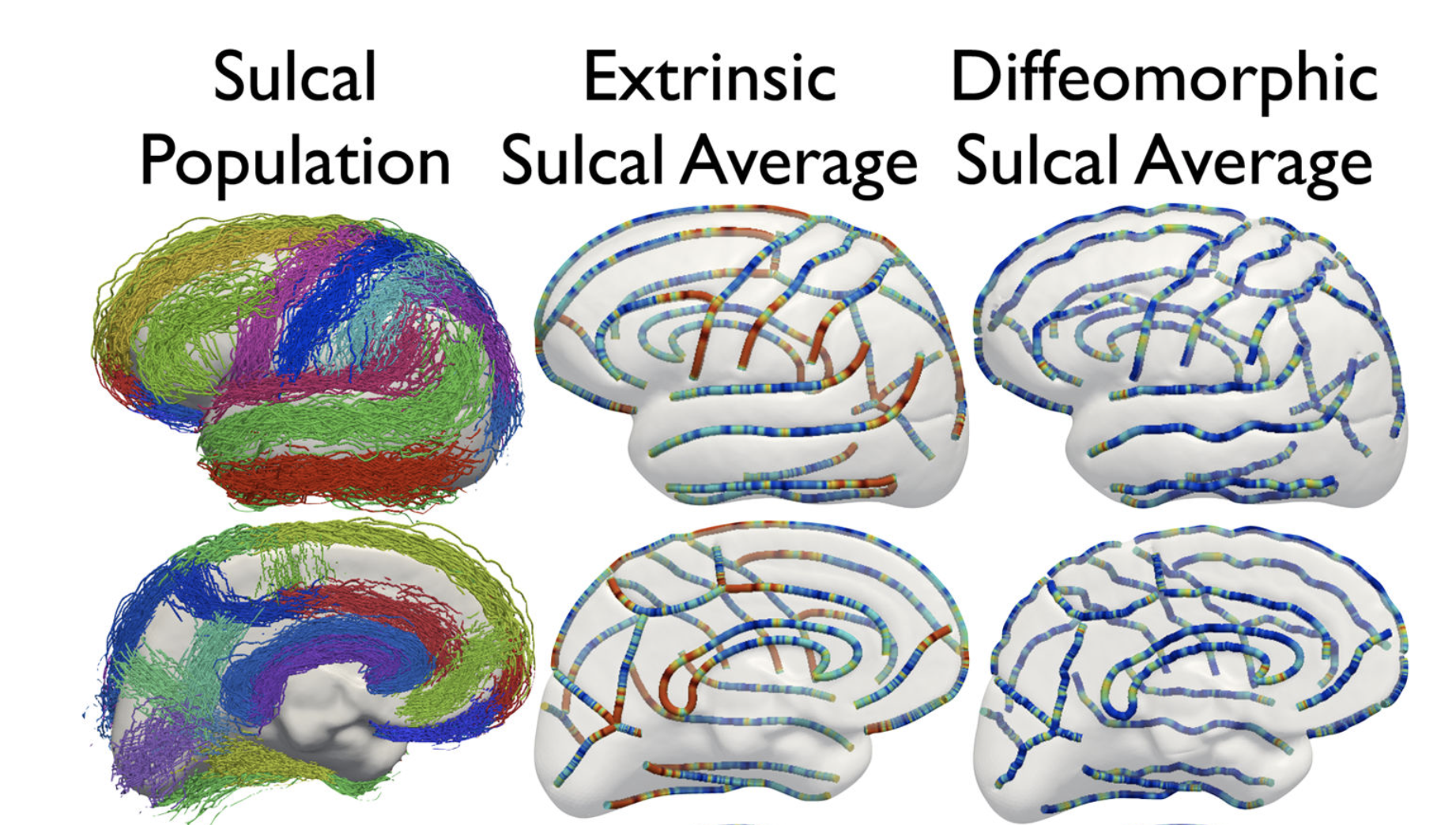
> contact
If you want to chat or collaborate, you can reach out via email at ryan@saturnatech.com or via the form below: